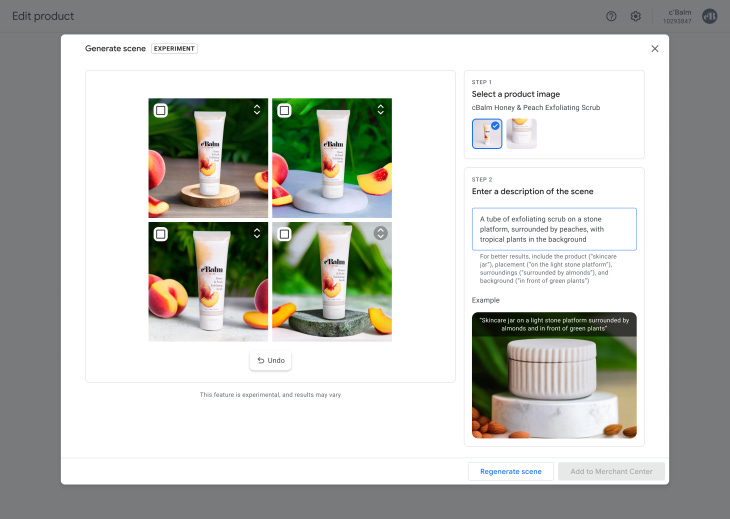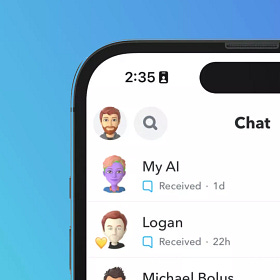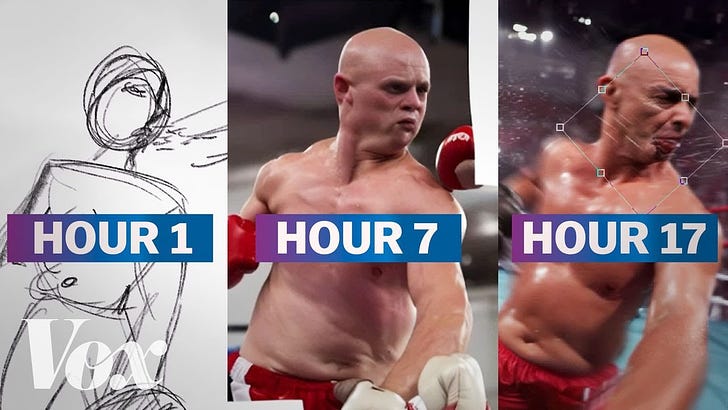Sunday Snaps #08
AI comes to Photoshop, Neuralink receives FDA approval, and race to build the next Twitter. Oh and Rust is on fire.
Adobe brings Firefly’s generative AI to Photoshop
Adobe is integrating generative AI from Firefly into Photoshop, allowing users to extend images, add objects, and remove objects with improved precision.
The integration enables users to describe the desired image or object using natural language text prompts. Photoshop sends parts of an image to Firefly and creates a new layer for the generated results.
The model performs well in landscapes but struggles with text. Adobe has implemented safety measures to ensure appropriate and predictable results. These features will initially be available in the beta version of Photoshop, with plans to bring Firefly to Lightroom in the future.
US FDA Approves Neuralink’s First-in-human Clinical Trial
Elon Musk's brain-implant company, Neuralink, has received FDA approval for its first human clinical trial.
The specific details of the trial are undisclosed, but Neuralink sees this as a crucial step toward using their technology to assist people. The company aims to develop brain implants that could potentially treat conditions like obesity, autism, depression, and schizophrenia, and even enable web browsing and telepathic communication.
Despite previous challenges and regulatory obstacles, Neuralink is making progress. The FDA had concerns about the device's battery, wire migration, and safe removal from the brain. This marks an important advancement toward Neuralink's goal of direct communication between brains and computers.
Create Studio Grade Product Images using Google’s Product Studio
Google announced the launch of Product Studio, a tool that utilizes generative AI to allow merchants to create product imagery easily.
Merchants can generate new product imagery without needing costly photoshoots, enhancing existing images, and removing distracting backgrounds. The tool aims to provide more value to merchants and will be accessible for US-based merchants in the coming months.
This feature will be available within Merchant Center Next, Google's platform for managing product visibility on Google.
Insights from the industryWhy Big Techs Are Pushing Rust
Peter Varo, a software engineer, says,
“Rust found a sweet spot: it is just as low-level as C or C++ with all the advantages of these (e.g. control, size, speed, etc.)
At the same time, it is as high-level as Haskell with an amazing amount of functional heritage. It is still imperative, so quite accessible to most people, and it is just as flexible as Python”
Rust’s much-loved nature, along with its memory safety and feature set caused its adoption. Its unique low-level programming chops, low memory requirements, and systems language capabilities not only make it suited for current applications but also for the future of computing.
Upcoming Products Meta vs Jack Dorsey vs Web3: The Race to Build the Next Twitter
Instagram, owned by Meta, is reportedly planning to enter the microblogging space and directly compete with Elon Musk's Twitter.
A recent Bloomberg report reveals that Instagram is in the process of developing a microblogging app, internally known as P92 or Barcelona, which is expected to launch before the end of June. This new platform aims to combine the best features of Instagram and Twitter.
Interestingly, this development coincides with Twitter CEO Jack Dorsey's efforts to create a decentralized social network called Bluesky, which is similar to Twitter but open source. Mastodon, another decentralized Twitter-like social network, serves as a comparable example of such a platform.
Check out previous issues of Sunday SnapsSunday Snaps #07
Meta's Code Generation Tool, Snapchat's Multilingual AI ChatBot, Meta's Self-designed Silicon chips and Sam Altman's Call for Regulating AI
Check out other articles





